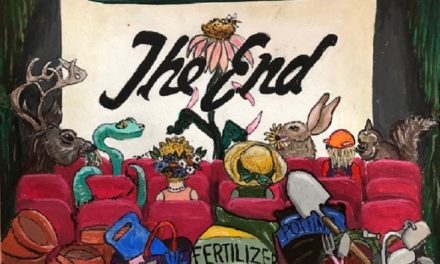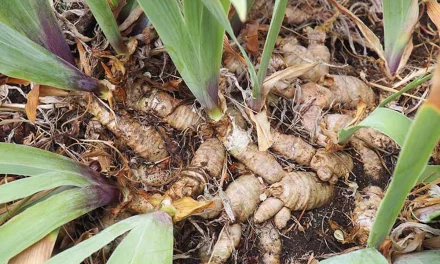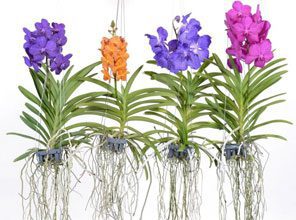We get real excited about plants and will tout the benefits of this or that one to our friends, but we also need to recognize that they are part of a larger group. We in the Lowcountry have many natural gardens to visit and enjoy, from the swamps and forests to the savannahs and sand dunes. Each “garden” has its rare, occasional, special and common forbs (great old English word for plant).
The conditions that a plant must endure along a South Carolina coastal beach limit the vegetation that can grow: waves, heat, salt, wind, and little nutrients. The pioneer plant species are often “cosmopolitan waifs” according to Dr. Richard Porcher’s Wildflowers of the Carolina Lowcountry, USC Press 1995. He goes on with an explanation of Sea Rocket and Russian thistle as showing up “in numerous harsh environments worldwide.” Above the high tide line will be deposited detritus or decomposing smooth cordgrass from another nearby garden, the salt marsh. There in the twice a day flooded pluff mud grows a plant which is able to stabilize that substrate by its spreading rhizomes. Spartina alterniflora, smooth cordgrass, provides habitat for many birds, reptiles, mammals, fish, arthropods, and crustaceans; it is also able to filter coastal freshwater runoff, and may also remove organic waste. As if that weren’t enough, the energy from the sun hits 150,000 acres of South Carolina coastal salt marsh and, through photosynthesis, turns that energy into the beginning of the estuarine food chain. Marsh grass is blooming now in mid- September and will turn golden through the fall and brown in winter. The dead grass will break down into smaller and smaller bits until it is transmuted into the many shapes and sizes of plants and animals. Not bad for a plant/animal community association!
Another coastal plant association is found in the sand dunes and salt flats. Plants and animals abound here too under very difficult growing conditions. Evening primrose, devil joint and prickly pear cactus share this garden’s common ground, and plants with beachy names are also found in these Carolina badlands: Dune spurge, sea oats, seaside Panicum, sweet grass, silver leaf Croton, seaside pennywort, seashore elder, beach morning glory, Gaillardia, and horseweed. Several of these are found on wanted posters at the post office, but others are found at most garden centers.
Moving from the dune garden to the maritime shrub and forests we meet wax myrtles, palmettos, and live oaks. Dripping from the live oaks are Spanish moss, green briar, and grapevines. They grow on most other trees in the Lowcountry too. There are large evergreen thickets of Yaupon Holly, cherry laurel, devilwood, and deciduous shrubs with names like coral bean, beautyberry bush and Hercules club. The grand lady of the maritime forest is Magnolia grandiflora whose petticoats hide the leaf litter and no grass grows beneath. On the ground you may see silk grass, trailing bluet or “witch grass,” because all of the woody members support the herbaceous annuals and perennials with organic matter and habitat where insects and animals reside for a while until they return to the earth in an elemental state.
The number of plants and animals in our Coastal Community Association is substantial. It is possible to visit them at the many parks and heritage preserves in Beaufort County and the Lowcountry. A good field guide is helpful. Name That Plant is a great website to help locate and identify SC Native plants. http://www.namethatplant.net/index.shtml









